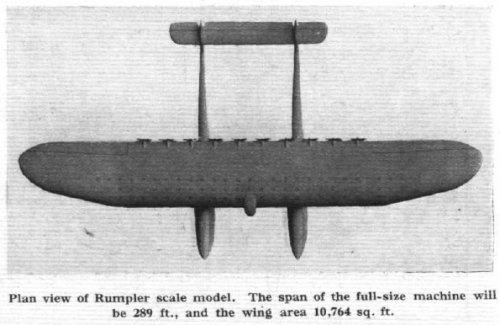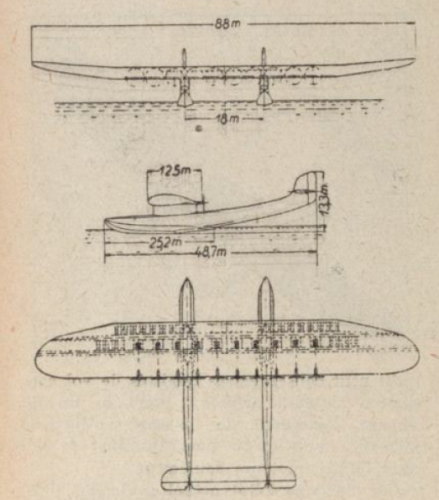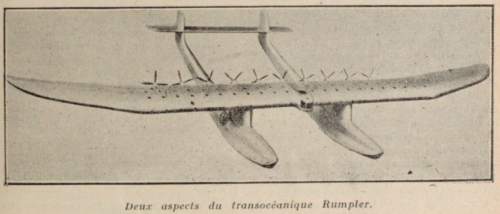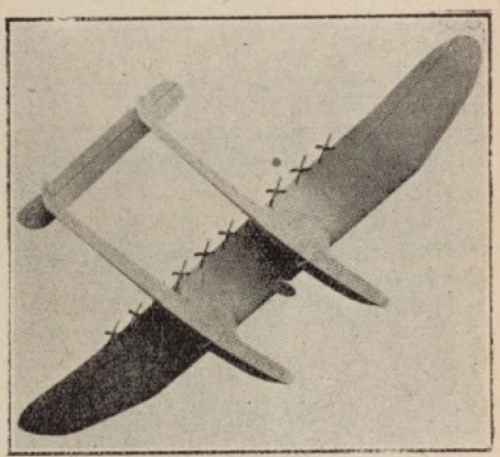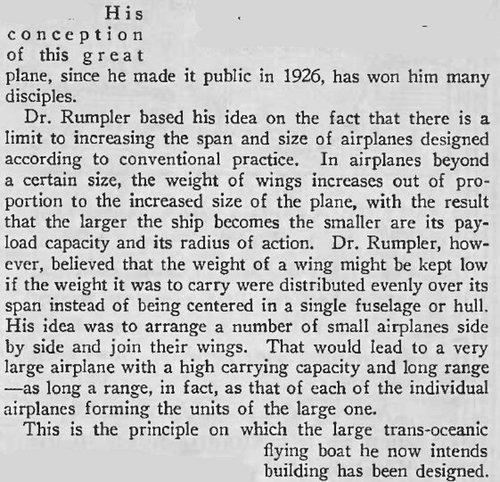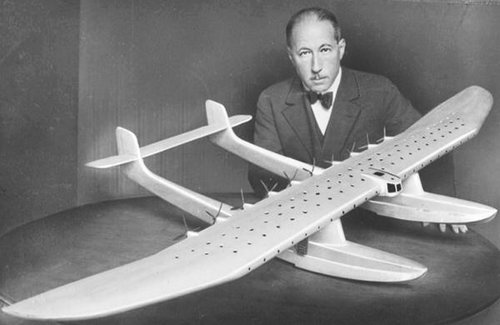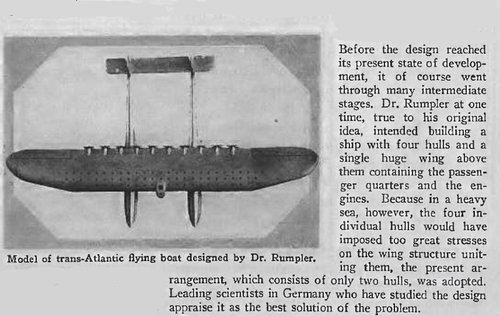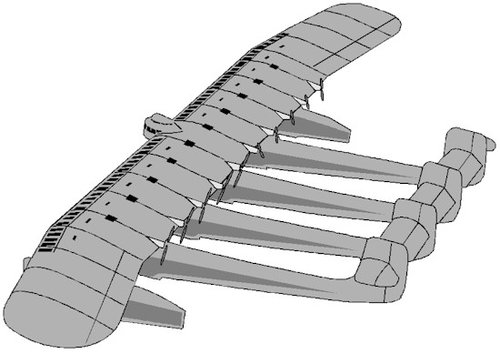The thread on Great War projects reminded me to look at Fred Gutschow's 'Die Deutschen Flugboote', which has information on Rumpler's magnificent giant flying boat designs. So with great delight, I found a three-page article in Flight, on their wonderful web archive, which some of you may enjoy:
http://www.flightglobal.com/PDFArchive/View/1930/Untitled0%20-%201553.html
Attached are a couple of photos from the article of a model.
http://www.flightglobal.com/PDFArchive/View/1930/Untitled0%20-%201553.html
Attached are a couple of photos from the article of a model.


